Fly Line: Affordable and Lightweight Options for Enhanced Performance in Fly Fishing
Choosing the right fly line significantly impacts the success of your fly fishing experience. Affordable running lines combine performance and value, making them an excellent choice for anglers looking to optimize their setups without breaking the bank. With a variety of lightweight options available, finding the perfect running line can enhance your casting distance and accuracy.

In my fly fishing adventures, I have discovered that the performance of a running line can make all the difference. The right line allows for smooth presentations and quick retrievals, essential for targeting elusive fish. When I invest time in selecting a lightweight, high-quality running line, I notice improved responsiveness and overall enjoyment on the water.
As I navigate different fishing conditions, I continually assess the lines I use. Prioritizing performance and affordability in my fly line choices has led to more successful outings. Understanding the nuances of running lines empowers me to make informed decisions that elevate my fly fishing experience.
Fundamentals of Fly Lines
When selecting a fly line, understanding its design and functionality is essential. Factors such as taper and weight significantly impact casting performance and target species. This section will explore these fundamentals to aid in making informed choices for effective fly fishing.
Taper Design and Functionality
Taper refers to the way a fly line changes in diameter from its tip (front) to its base (rear). Different taper designs impact casting distance and control.
-
Weight Forward (WF): This design has the majority of weight in the front section. It enables easier loading of the rod and longer casts, making it ideal for larger flies and windy conditions.
-
Double Taper (DT): This type features a symmetrical design, tapering down to a narrow section in the middle. DT lines offer better casting precision for delicate presentations, making them well-suited for smaller flies and catching trout.
Each taper has unique advantages tailored for specific fishing conditions.
Fly Line Weights and Uses
Fly line weights are categorized using a numerical system ranging from 1 to 14, influencing the line's thickness and buoyancy. Matching the line weight to the target species and rod is critical.
For instance:
-
Weights 3 to 6: Ideal for trout fishing; these lines allow for delicate casts and are suitable for small to medium flies.
-
Weights 7 to 10: Designed for larger species like salmon, these lines support casting heavier flies and can handle stronger currents.
Understanding the use case for each weight helps improve both casting efficacy and success rates in different fishing environments.
Running Lines for Fly Fishing

Running lines play a crucial role in fly fishing, impacting casting distance, control, and overall performance. Understanding the nuances of affordable options, lightweight choices, and performance characteristics helps me make informed decisions for effective fishing.
Choosing an Affordable Running Line
When selecting an affordable running line, I consider several factors to ensure value without compromising quality. A key aspect is the diameter, as thinner lines tend to cast further and reduce wind resistance.
I prefer monofilament lines for their balance of cost and performance. These lines exhibit decent knot strength, which enhances reliability when connecting to leaders or shooting heads. Additionally, I consult customer reviews for feedback on durability and functional performance. Color choices can also influence visibility on the water, aiding in tracking my casts.
Performance Aspects of Running Lines
Running line performance is important in achieving optimal casting distance and accuracy. I pay attention to the shooting ability of the line. A slick running line optimizes the shooting head's capacity, allowing me to cover greater distances effortlessly.
Good casting control is vital, especially when targeting specific areas. A line that handles these requirements well should feature minimal memory and be resistant to tangling. The line's performance is influenced by its material and coating, affecting how smoothly it glides through the guides and the air.
Lightweight Running Lines
Lightweight running lines are designed for easy casting and improved casting distance. These lines often feature reduced diameter, which minimizes drag and enhances shooting efficiency.
For conditions where longer casts are necessary, a lightweight line proves beneficial. It allows me to target distant fish without excessive effort. When choosing these lines, I look for quality and feedback on how well they perform in various conditions. Overall, balancing weight with functionality is essential for maximizing my fly fishing experience.
Fly Line Selection and Care
Selecting the right fly line is crucial for successful fishing. Factors such as the type of fish, fishing techniques, and conditions play a significant role in your choice.
Matching Fly Lines with Your Fishing Style
When matching fly lines to my fishing style, I consider the target species and the specific techniques I plan to use. For trout, I often choose a floating line for dry flies. This allows for better visibility and presentation.
For techniques that involve streamers, I lean towards sinking lines. These lines help to present the fly at deeper levels where fish might be foraging.
I also consider the line length. A longer line can help to cover more water while a shorter line provides better control in close quarters. Brands like Scientific Anglers and Rio Gold offer excellent options tailored to various fishing conditions, ensuring I have the best tools for the job.
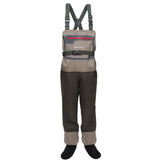
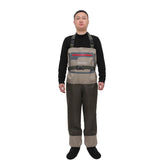
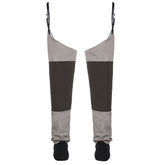
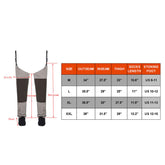
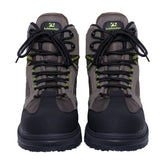
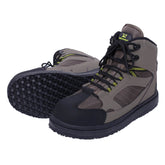
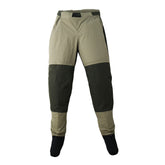
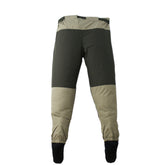
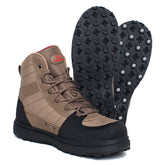
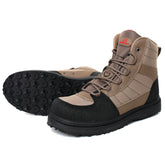
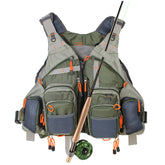
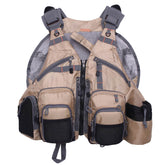
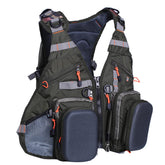
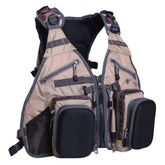
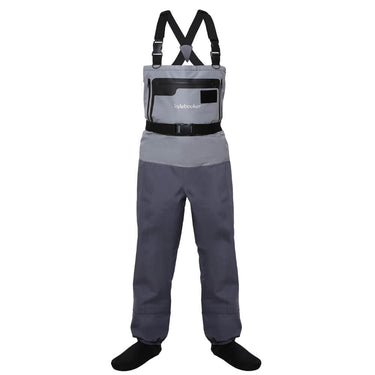
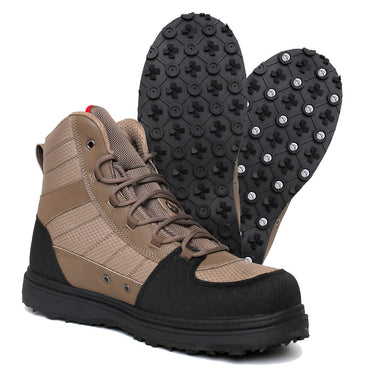

Leave a comment
Please note, comments need to be approved before they are published.